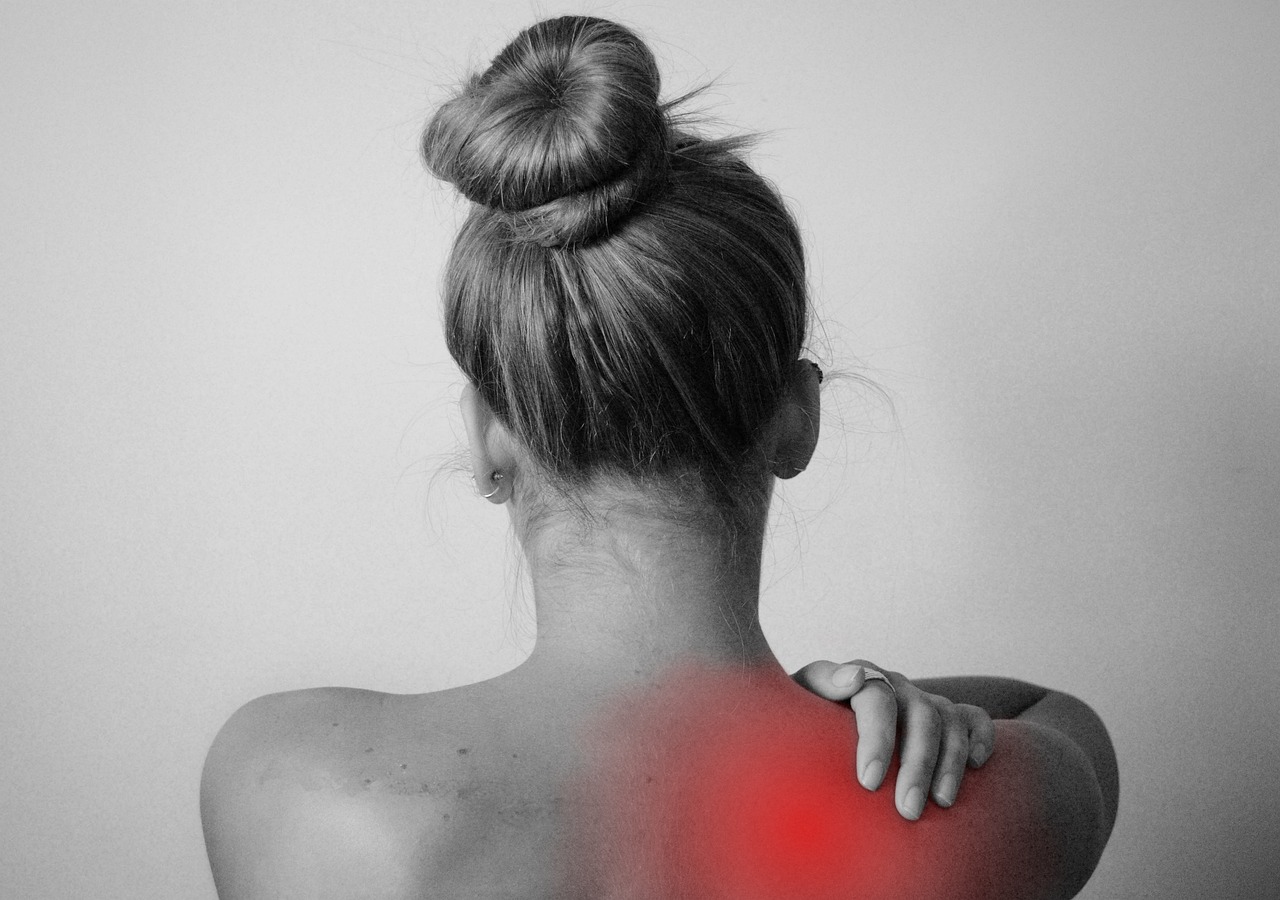The rotator cuff is a group of muscles and tendons that connect the shoulder blade to the upper arm bone. It plays a crucial role in allowing the shoulder to move freely and with stability. However, rotator cuff tears can occur, resulting in pain, weakness, and limited mobility. In this blog post, we will discuss rotator cuff tears, their causes, symptoms, and treatment options.
Causes of Rotator Cuff Tears
Rotator cuff tears can be caused by a variety of factors. The most common cause is degeneration due to aging, as the tendons lose their elasticity and become more prone to tearing. Other causes include trauma, such as a fall or a direct blow to the shoulder, and overuse due to repetitive motions, such as throwing a ball or performing overhead work.
Symptoms of Rotator Cuff Tears
The symptoms of a rotator cuff tear can vary depending on the severity of the injury. Common symptoms include:
- Pain in the shoulder, especially when reaching overhead or behind the back
- Weakness in the arm and shoulder
- Limited range of motion
- Difficulty sleeping due to pain
In severe cases, a tear may cause a sudden, intense pain in the shoulder, accompanied by a popping or snapping sensation.
Diagnosis of Rotator Cuff Tears
If you are experiencing symptoms of a rotator cuff tear, it is important to see a healthcare professional for an accurate diagnosis. Your healthcare provider may perform a physical examination of your shoulder, checking for weakness, limited range of motion, and pain. They may also order imaging tests, such as an X-ray or MRI, to determine the extent of the injury.
Treatment of Rotator Cuff Tears
The treatment options for rotator cuff tears depend on the severity of the injury. In some cases, non-surgical treatments such as rest, physical therapy, and anti-inflammatory medication may be recommended to reduce pain and improve mobility. In more severe cases, surgery may be necessary to repair the torn tendons.
Surgical options include arthroscopic surgery, which involves small incisions and the use of a camera to guide the repair, or open surgery, which involves a larger incision. Your healthcare provider will recommend the best treatment option for your individual case.
Prevention of Rotator Cuff Tears
While rotator cuff tears cannot always be prevented, there are some measures you can take to reduce your risk of injury. These include:
- Strengthening the rotator cuff muscles through regular exercise
- Using proper form when performing overhead activities, such as reaching for a high shelf or throwing a ball
- Taking frequent breaks during repetitive overhead work to rest the shoulder muscles
- Avoiding falls or direct blows to the shoulder
Conclusion
Rotator cuff tears can cause pain and limited mobility in the shoulder, but with proper diagnosis and treatment, most people are able to recover fully. If you are experiencing symptoms of a rotator cuff tear, it is important to seek medical attention promptly. Your healthcare provider can recommend the best course of treatment for your individual case, which may include rest, physical therapy, medication, or surgery.
In-text citations:
Safran, M. R. (2016). Nerve injury about the shoulder in athletes, part 2: long thoracic nerve, spinal accessory nerve, burners/stingers, thoracic outlet syndrome. The American Journal of Sports Medicine, 44(1), 226–236. https://doi.org/10.1177/0363546515591264
Weber, S. C. (2016). Arthroscopic rotator cuff repair: a systematic review of techniques, positioning, and rehabilitation protocols. The American Journal of Sports Medicine, 44(10), 2636–2645. https://doi.org

